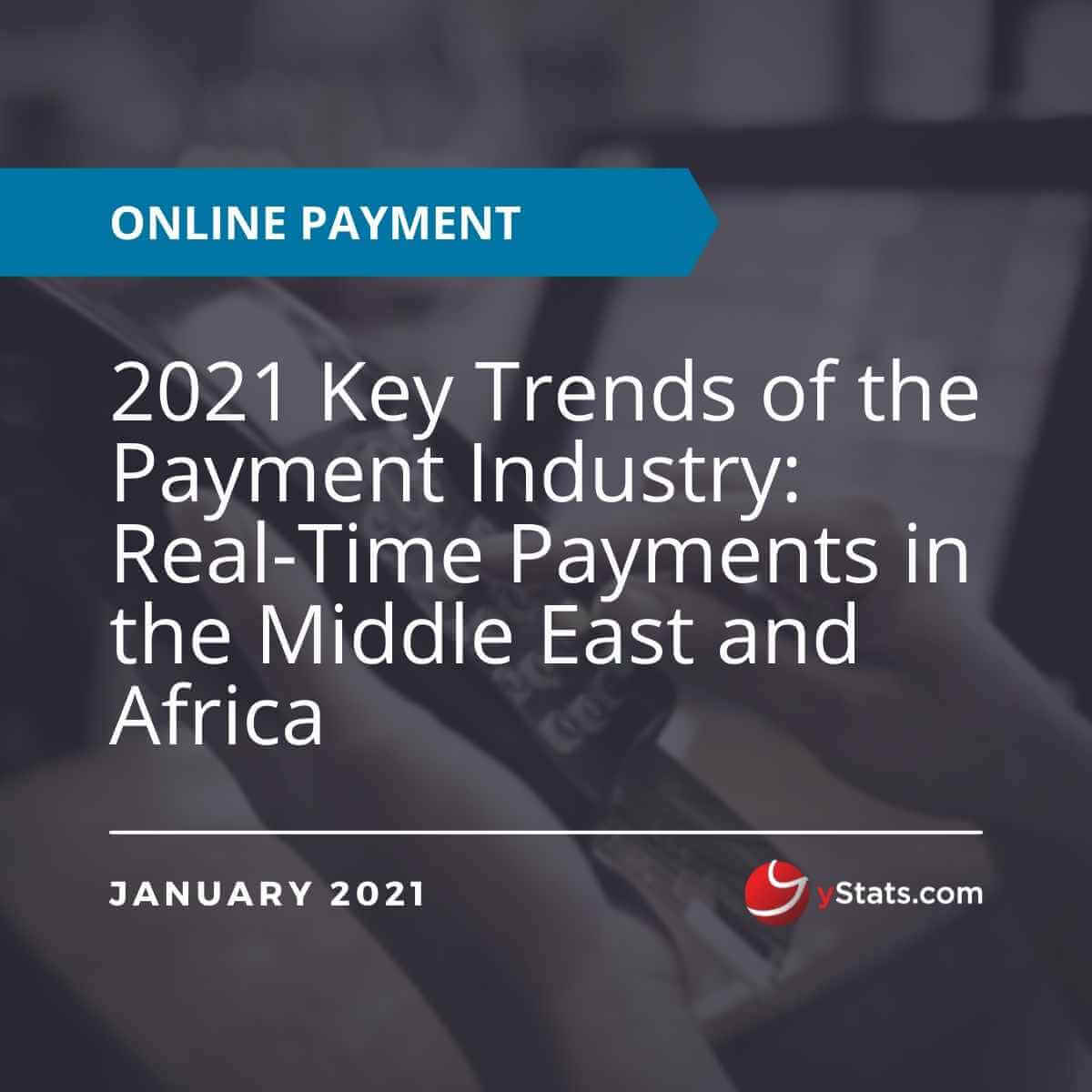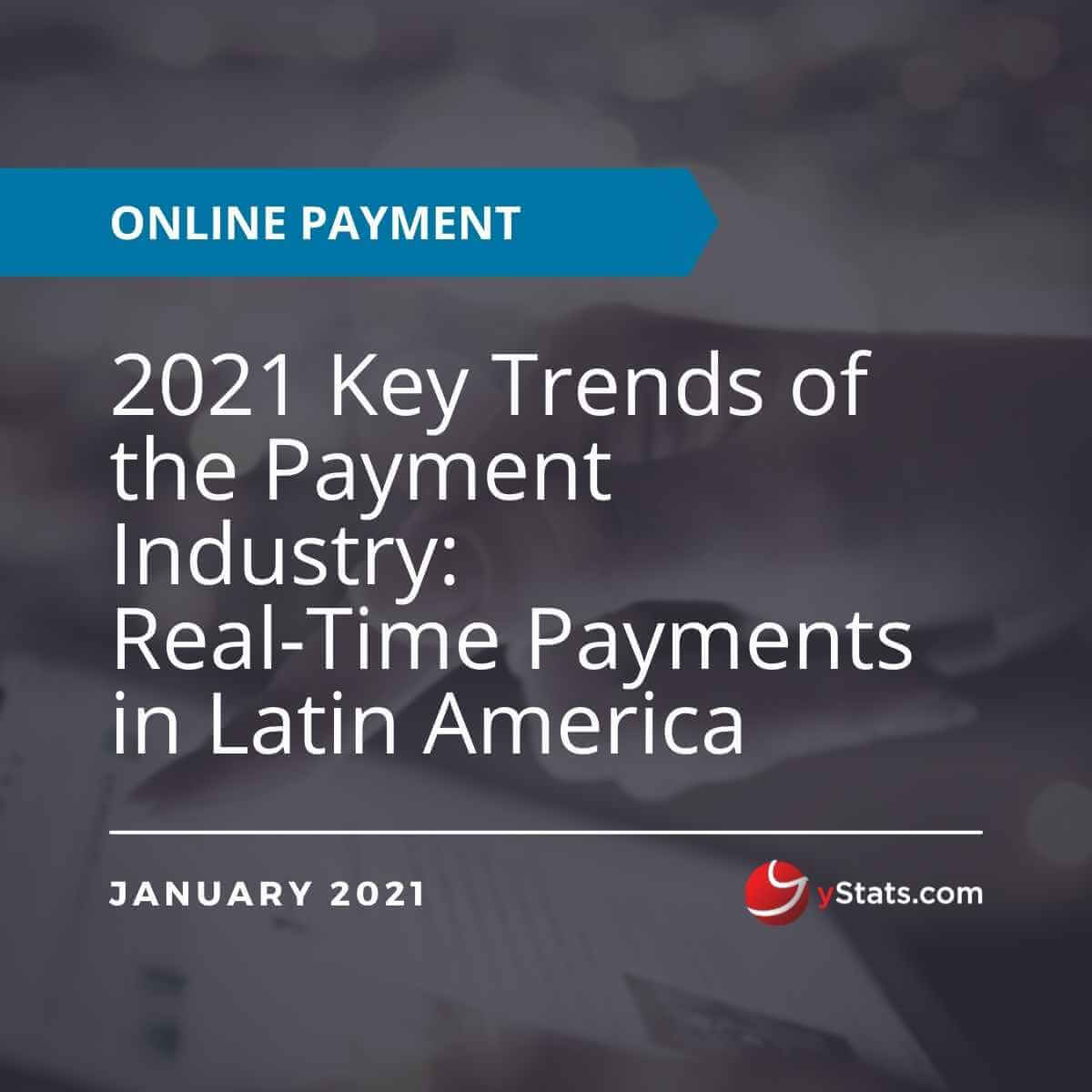Description
Countries Covered: Bahrain, Egypt, Ghana, Israel, Jordan, Kenya, Morocco, Namibia, Nigeria, Oman, Saudi Arabia, South Africa, UAE
Pages: 46
Publication Date: 21/01/2021
Questions Covered in the report:
- How did the payments via the Real-Time Gross Settlement system change amid the pandemic in Egypt?
- What was the increase of the transaction volume of Ghana’s real-time payments during the outbreak?
- How did the transaction value of real-time payments in South Africa change during the pandemic?
- How is NamPay in Namibia going to improve the payment industry of the country?
- What was the volume growth of the Kenyan real-time system amid the COVID-19 outbreak?
Key Findings:
During the COVID-19 pandemic, the Middle East and Africa are only gradually adopting real-time payment solutions
The Middle East still lags in the adoption of real-time payments, even with an accelerated global demand amid COVID-19
The payment industry in the Middle East has experienced significant improvements in recent years, and many countries of the region managed to introduce their own Real-Time Gross Settlement systems to the local consumers and institutions. However, despite considerably increasing global demand for payments in real-time amid the pandemic, the Middle East still lags. Many of the local “immediate” payment systems are only near real-time and lack some of the main features, such as Israel’s Zahav lacks 24/7 service availability.
In the United Arab Emirates, the Immediate Payment (IP) system, which went live last year, has been gaining momentum during 2020, but as the new yStats.com publication show, that was more of a one-time spike. Another example is Egypt, where amid the health crisis, the value of fund transfers via the Real-Time Gross Settlement system enlarged by half of the 2019 value, the second-largest historical year-on-year growth rate. That was, however, mostly attributed to the unusually high numbers at the beginning of the lockdown, while in the fourth quarter of 2020, the growth rates went down sharply.
The COVID-19 crisis further strengthened the trend of real-time payments in Africa
In Southern Africa, the leading market in terms of both values and volumes of transactions via the regional SADC-Real-Time Gross Settlement System unsurprisingly turned out to be South Africa. However, with a significantly lower number of transactions and somewhat similar values, Namibia was strongly ahead in terms of average amount per transaction, as detailed in the new yStats.com publication.
Moreover, outside the Southern African region, some other economies are gaining momentum. Ghana’s real-time payment solution GhIPSS Instant Pay (GIP) in the first half of 2020, saw an almost six-fold increase in its transaction volume year-on-year. In Nigeria, between January and August 2020, payment volume via the RTGS made up close to half of the total E-Payments in the country. Meanwhile, Kenyan’s KEPSS, while not showing significant changes in the monthly values, has been gradually increasing the volumes.







